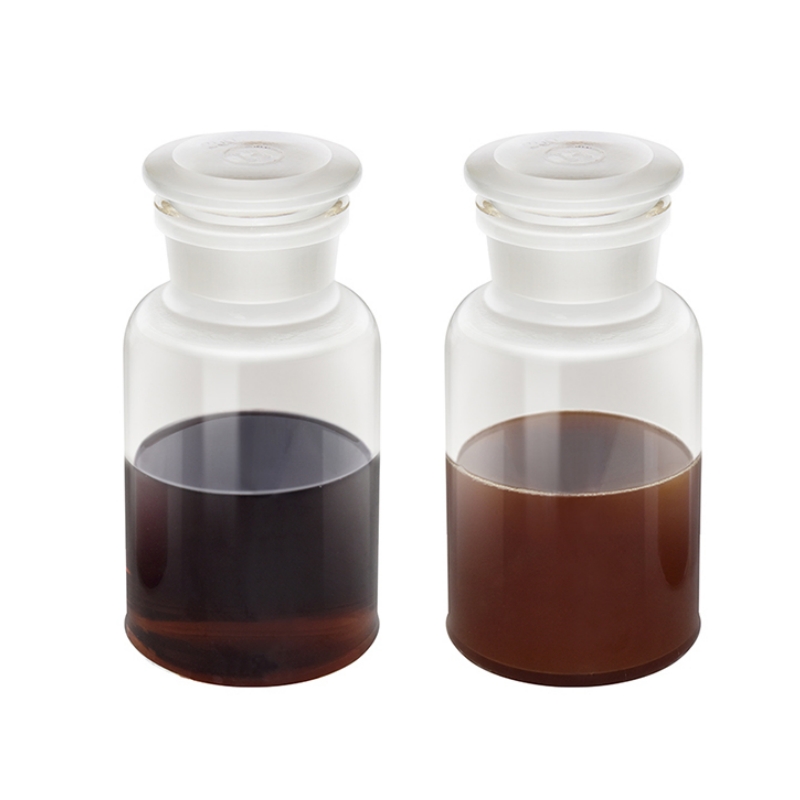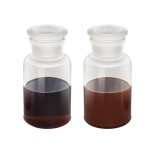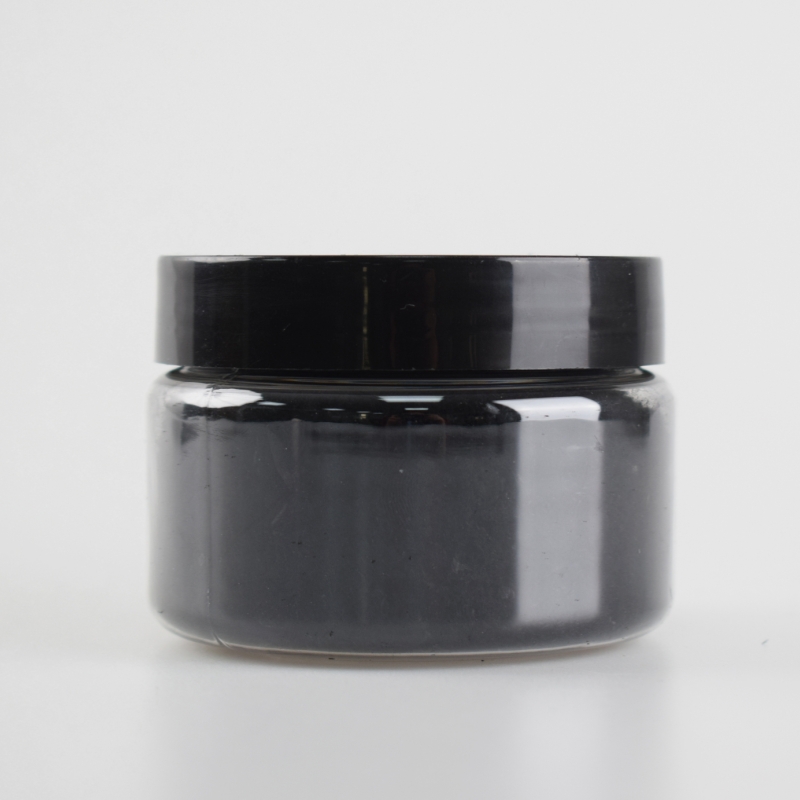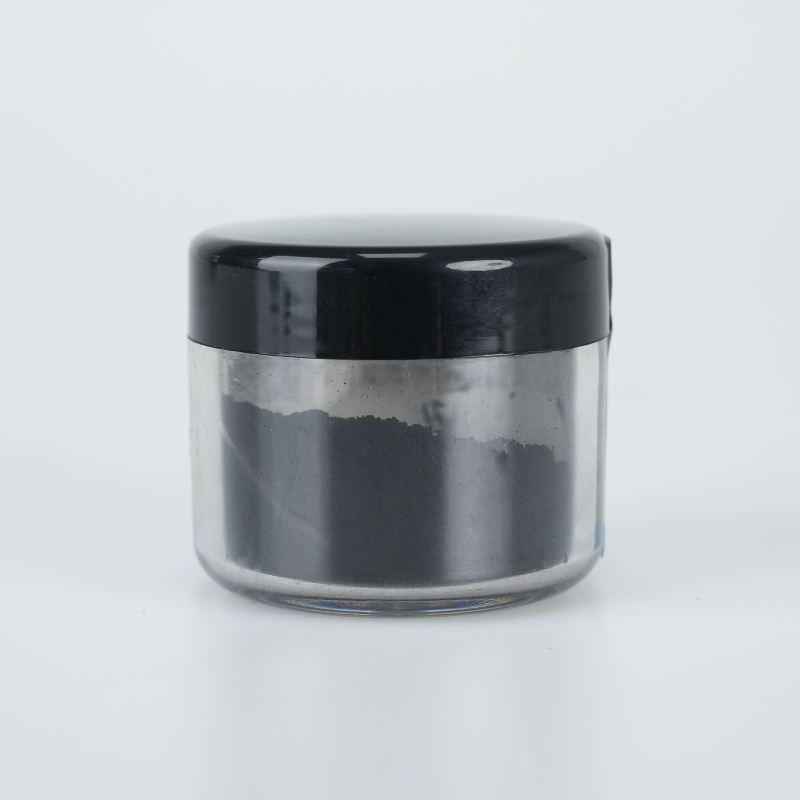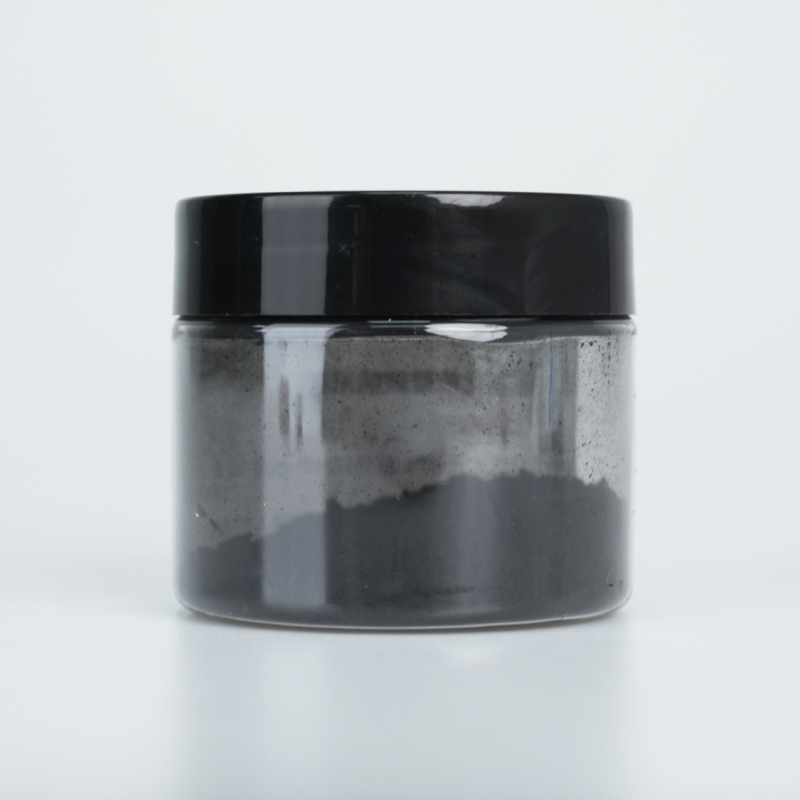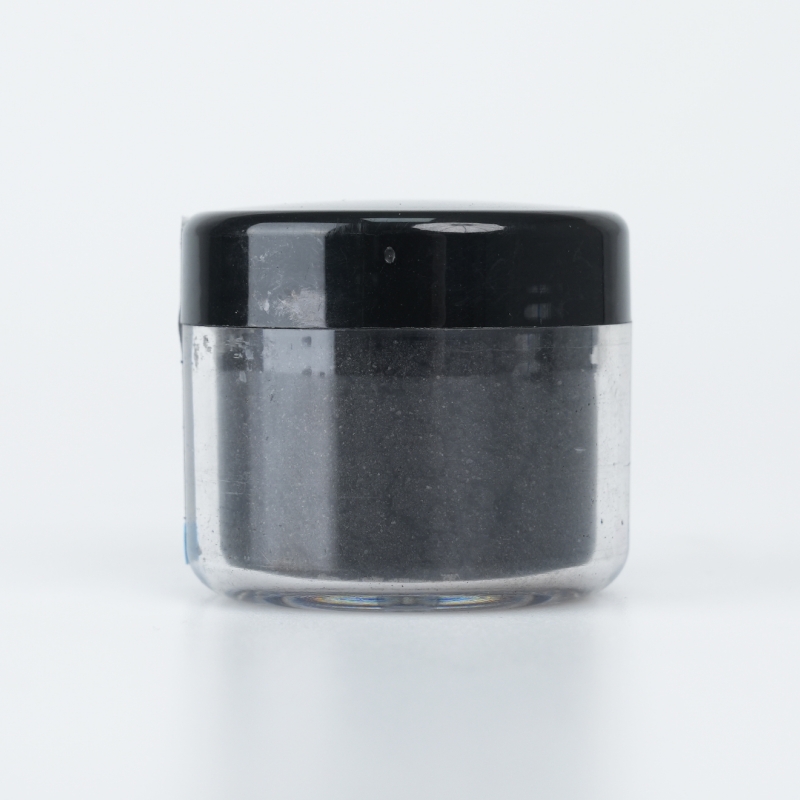Carboxylated Fe₃O₄ nanoparticles, synthesized via coprecipitation, provide optimized surface functionalization, superior dispersion stability, and enhanced magnetic properties. Designed for biomedical and industrial applications, they ensure efficient conjugation, extended durability, and high adaptability.
Product Overview
Carboxylated Fe₃O₄ nanoparticles (prepared by the coprecipitation method) are modified with DMSA (dimercaptosuccinic acid), transforming them into water-soluble nanoparticles with carboxyl groups. This modification enhances their hydrophilicity and biocompatibility, making them highly suitable for various biomedical applications. These nanoparticles are especially promising for targeted drug delivery, magnetic resonance imaging (MRI), and magnetic hyperthermia therapy (MHT).
Key Features
- High Surface Negative Charge: DMSA molecules form stable covalent bonds with the surface of Fe₃O₄ nanoparticles via their thiol groups, creating a thick molecular coating that imparts a strong negative surface charge to the nanoparticles.
- Hydrophilicity: DMSA-modified Fe₃O₄ nanoparticles exhibit excellent hydrophilicity, maintaining stability across a wide range of pH values.
- Stability and Dispersion: The DMSA modification ensures good dispersion and stability of the nanoparticles, making them ideal for biological applications.
- Suitable for Biomolecule Conjugation: Due to the carboxyl groups on the surface, DMSA-modified Fe₃O₄ nanoparticles can be used for biomolecule conjugation and immobilization, facilitating the construction of nanoprobes for various applications.
Applications
- Biomedical Applications: Due to their excellent biocompatibility and stability, DMSA-modified Fe₃O₄ nanoparticles serve as ideal drug carriers for targeted drug delivery and as contrast agents for MRI.
- Magnetic Hyperthermia Therapy (MHT): Under the influence of an alternating magnetic field, DMSA-modified Fe₃O₄ nanoparticles convert magnetic energy into heat, making them suitable for magnetic hyperthermia treatments for tumors.
- Gene Therapy: These nanoparticles can be used as gene carriers in gene transfection and gene therapy applications.
- Materials Science: DMSA-modified Fe₃O₄ nanoparticles enhance the magnetic properties of composite materials and can be applied in the development of smart materials and sensors.
- Biomolecule Conjugation: The carboxyl groups on the surface can be used to conjugate biomolecules, enabling the construction of nanoprobes for biological detection and analysis.
| Technical Parameter | Description |
| Form | Brown-clear aqueous colloid |
| Preparation Method | Co-precipitation method |
| Fe Concentration | Approximately 4 mg/mL, with slight variation between batches |
| Notes | Particles smaller than 10nm require magnetic separation columns. |
| Particles around 20nm can be separated by long magnetic attraction (not very effective; for full separation, use magnetic separation columns). | |
| Particles larger than 30nm can be separated directly by magnets. |
 new material
new material

